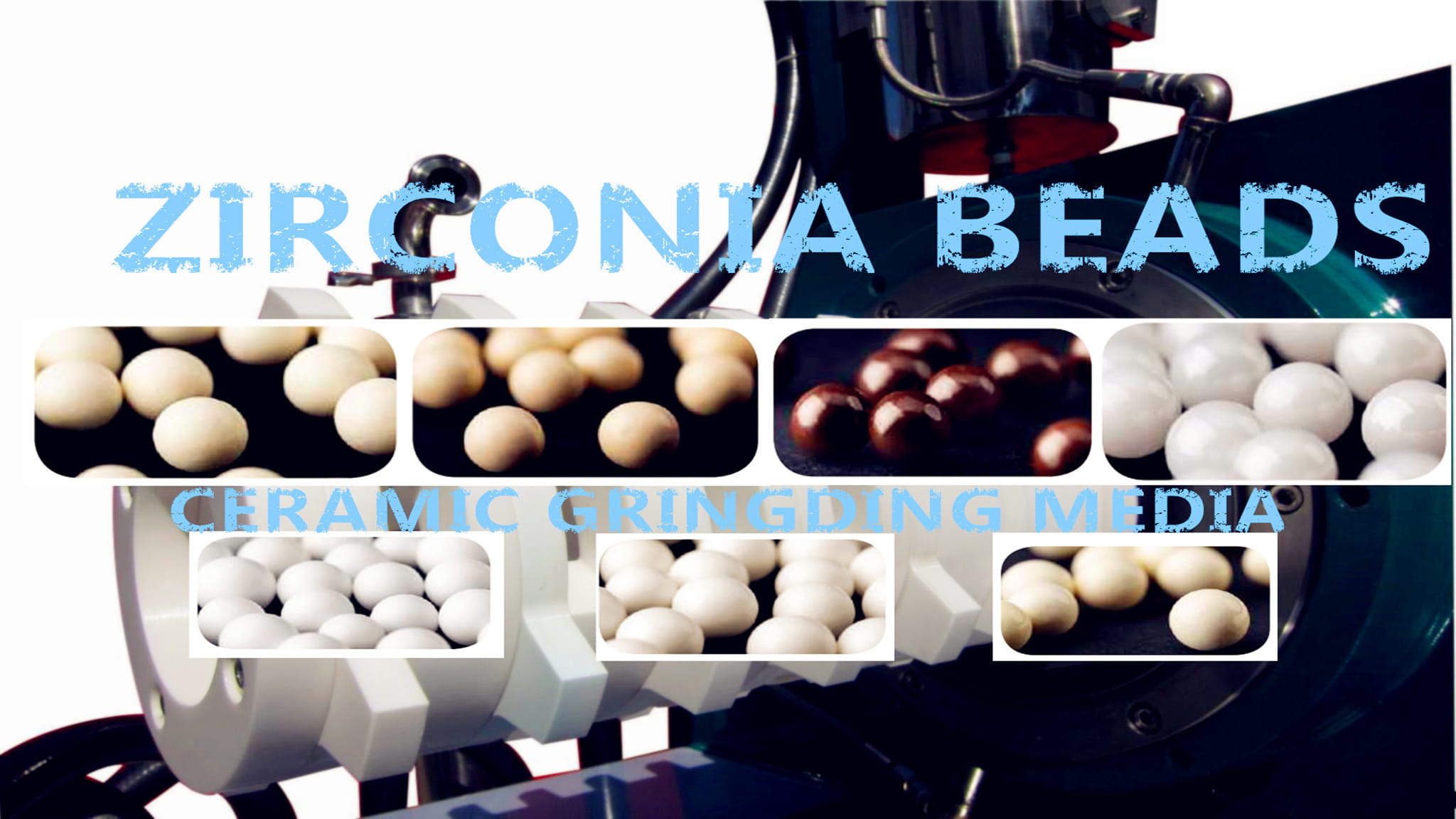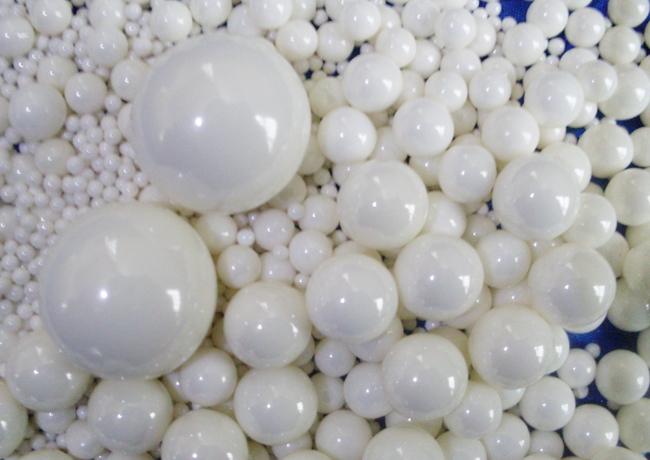Calculating Zirconia Bead Quantity Formula: W=V×η×ρ×K, In this formula:
W: Quantity of zirconia beads (kg)
V: Effective volume of the sand mill cylinder (L)
η: Percentage of zirconia bead filling
ρ: Density of zirconia beads (g/cm³)
K: Packing density of zirconia beads

When it comes to achieving optimal grinding efficiency in sand mills, understanding the nuanced process of adding zirconia beads is pivotal. The proportionate addition of these beads relies on a multitude of factors, each playing a crucial role in determining the perfect balance for impeccable results.
Here's a comprehensive guide exploring the nuances and calculations behind adding zirconia beads to sand mills.
In closed horizontal sand mills, optimizing zirconia bead quantity involves meticulous calculations. Factors such as mill capacity, bead diameter, and material sensitivity heavily impact this process. Achieving the ideal ratio is paramount for efficient grinding operations.
With closed vertical sand mills, the balance between the mill's volume and zirconia bead quantity becomes critical. The solid content of the material and its viscosity further dictate the optimal amount required for enhanced performance.
In open sand mills, precision in adding zirconia beads is imperative. Understanding the material type, its desired fineness, and its tolerance to temperature variations becomes pivotal in achieving the perfect grinding efficiency.
Understanding the calculation behind zirconia bead addition is fundamental for achieving the desired grinding efficiency.
In this formula:
W: Quantity of zirconia beads (kg)
V: Effective volume of the sand mill cylinder (L)
η: Percentage of zirconia bead filling
ρ: Density of zirconia beads (g/cm³)
K: Packing density of zirconia beads
Sanxin New Materials, with its extensive experience across various industries, offers invaluable insights. Contact them for technical discussions and access to valuable data that can significantly enhance grinding efficiency.

Zirconia bead diameter directly influences grinding efficiency. Smaller beads provide finer grinding, ideal for achieving higher surface quality and precise outcomes.
Yes, changes in slurry viscosity can influence zirconia bead quantity. Higher viscosity may necessitate adjustments to achieve optimal grinding.
Materials sensitive to temperature might require alterations in zirconia bead quantity to maintain the desired grinding efficiency across varying temperature conditions.
No, different materials demand varying zirconia bead quantities based on their properties, density, and intended fineness.
Apart from zirconia bead adjustments, optimizing mill parameters and material preparation techniques can significantly enhance grinding efficiency.
Slurry tolerance to temperature impacts the stability of the grinding process. Adjusting zirconia bead quantity can help maintain consistent performance under varying temperatures.
Mastering the intricacies of adding zirconia beads to sand mills elevates grinding efficiency. By considering multifaceted factors and employing precise calculations, achieving optimal results becomes a tangible reality.
For more advices and knowledge about Grinding Balls, Sand Millls, please contact with our sales:
Charls Shaw
Sales Manager |Sanxin New Materials
Mobile:+86 19070858212(WhatsApp)
Email:sales@beadszirconia.com
Website:https://www.beadszirconia.com

Submit your demand,
we will contact you ASAP.

Sanxin New Materials Co., Ltd. focus on producing and selling ceramic beads and parts such as grinding media, blasting beads, bearing ball, structure part, ceramic wear-resistant liners, Nanoparticles Nano Powder

